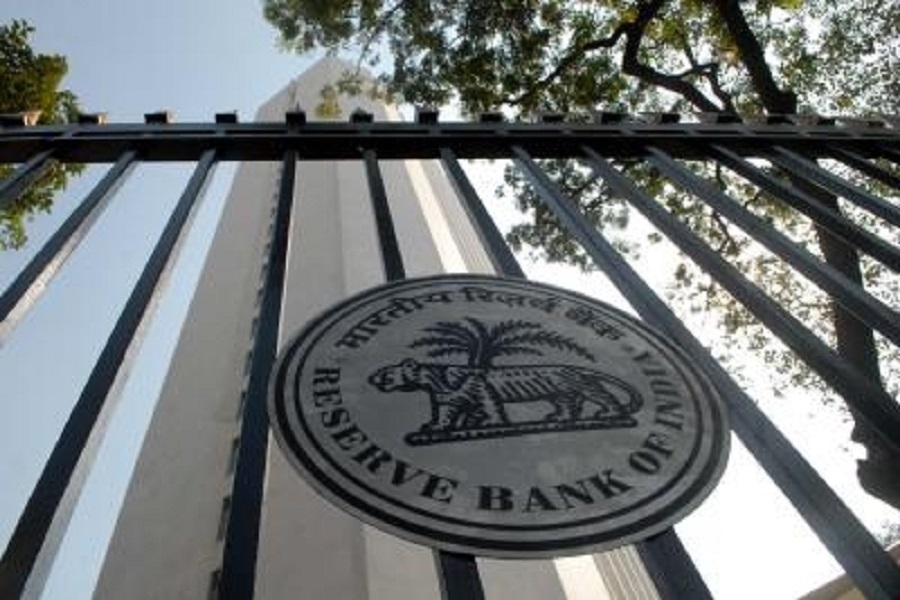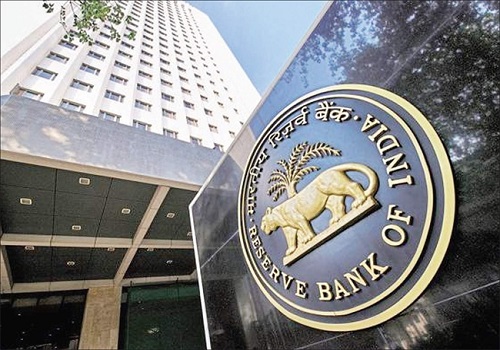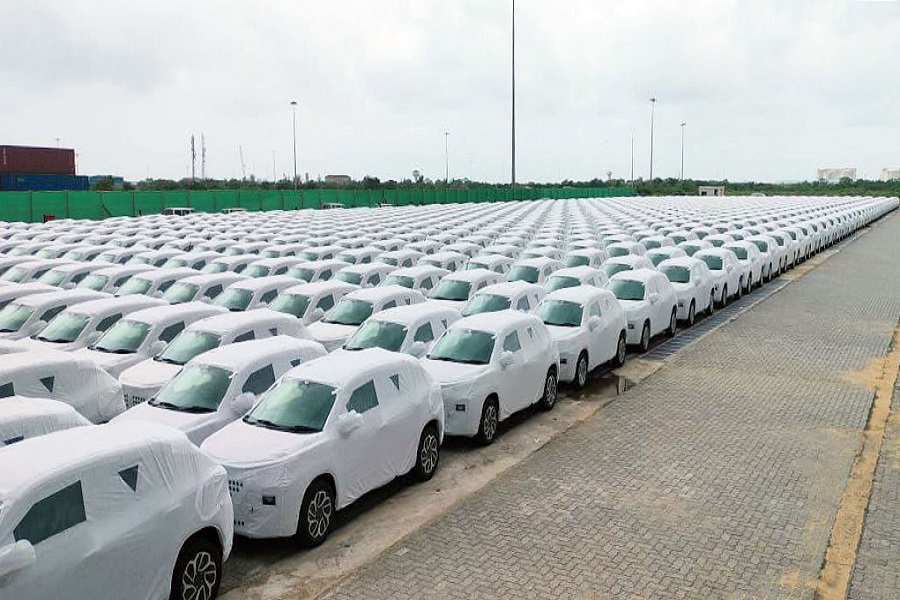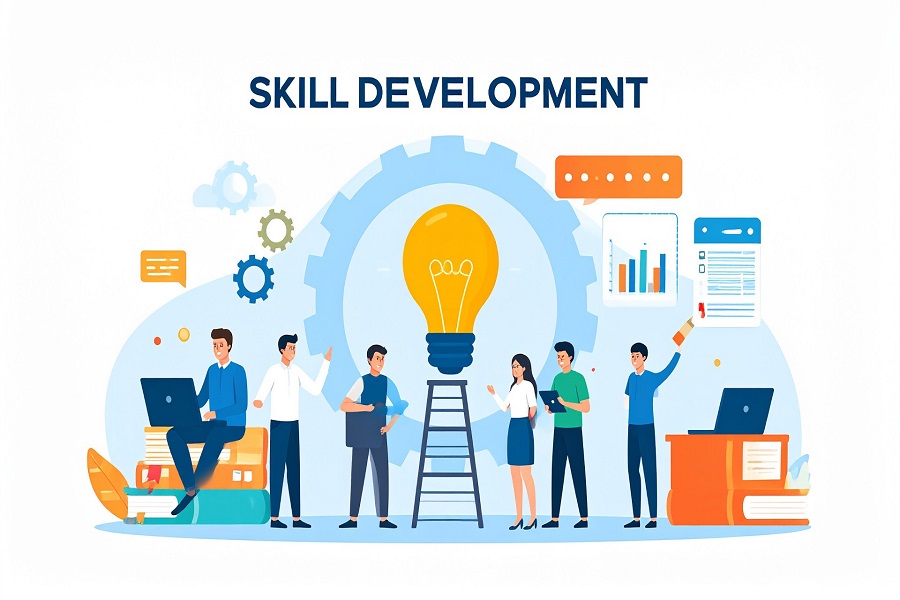Affordable Housing - Construction Costs Rise 40%, Supply Share Drops to 12% in H1 2025 by Dr. Prashant Thakur, Executive Director & Head - Research & Advisory, ANAROCK Group

Over the last ten years, the cost of constructing real estate has increased inexorably. The rise has been especially brutal since 2021, for several reasons - inflation, supply chain disruptions, increased demand for infrastructure, global macro-economic events, and evolving government policy.
In five years from 2019 to 2024, the cost of constructing homes went up by about 40%. In three years alone, it rose by 27.3% - in October 2021, the average cost for Grade A projects in a tier-1 city was approx. INR 2,200/sq. ft. By October 2024, it had gone up to approx. INR 2,800/sq. ft.
Cost Components:
* Raw materials (cement, steel, copper, aluminium): Cement prices declined by a significant 15%, while steel prices only dropped by 1% over the last year. But in five years, both materials went up by 30–57%. Copper and aluminium prices went up even more. Copper prices went up 19% in one year and as high as 91% in five years (2019–2024).
* Labour costs: Probably the biggest factor behind the overall cost increases, this went up 25% in the last year, and 150% since 2019.
* Other costs: Construction budgets have also been impacted by the rising costs of approvals, logistics (due to rising fuel prices), compliance, and overhead costs.
* City-specific variations: Major cities like Mumbai, Delhi, and Bangalore always have higher costs - property prices and labour costs are higher, and there is a greater need for trained workers. On the other hand, tier-2 and tier-3 cities and those with easier access to cheap land and materials, have lower overall construction costs.
City-wise Variations in Construction Costs - 2025 (est.) (INR /sq. ft)

* Affordable housing projects tend to involve the lowest costs per square foot, with standard materials and basic finishes, starting from INR 1,500–INR 2,000/sq. ft even in metros.
* Mid-range homes Call for higher-grade materials and branded fixtures and fittings, with costs typically INR 2,000–INR 2,800/sq ft or higher.
* Luxury projects tend to use imported finishes and involve high-end architecture and advanced amenities. These push construction costs above INR 3,000–INR 5,000/sq. ft in top cities.
Impact on Property Prices & Developer Strategies
On property buyers - Most developers tend to pass on increased input costs, either in part or completely, to their buyers. Recent data shows that at least 5–6% of the total input cost increases are directly reflected in housing prices. In affordable housing, even a hike of INR 500–INR 800/sq. ft can sharply impact buyer access, since an increase of INR 5 lakh is a massive additional burden for price-sensitive buyers when compared to those who buy premium or luxury housing.
On developers' profit margins - Smaller players who develop affordable housing already face thinner margins and are often unable to absorb even small cost increases. Many such developers have slowed down their launches or cut corners on amenities. In contrast, larger developers and luxury segment players can absorb cost increases because they enjoy higher margins and wield higher brand value
Homebuyer agreements: Most builder-buyer agreements include escalation charges, letting developers adjust sale prices upward along with cost increases, especially for under construction projects. This legal flexibility in the absence of regulatory constraints is behind much of the price transmission to buyers.
Housing prices: The combined effect has resulted in residential real estate prices rising by between 9-12% annually in recent years, with the increased construction costs a major driver along with rising land costs and reducing inventory. Pricing power remains strongest in metro cities, with less pronounced effects in smaller towns and cities where demand is lower.
Segment-Specific Trends: Affordable vs. Mid-Range vs. Luxury
Affordable housing - Developers in this segment face the greatest construction cost-related constraints, as their target buyers are extremely price sensitive. Any increase in costs significantly impacts demand and can even result in stalled sales - as is seen in the massive decline in affordable launches share - 40% in 2019 to 12% in H1 2025, and sales share - 38% in 2019 to 18% in H1 2025 as per ANAROCK Research data.
Mid-range projects - These projects have some flexibility when it comes to transmitting higher costs to buyers; however, inflation and policy shocks can still edge out a big chunk of buyers in this segment.
Luxury projects - Cost hikes are more easily absorbed by this buyer group, which looks for premium features and tends to have bigger budgets. Price increases are also factored into brand perceptions and the desire for exclusivity. In short, this buyer segment is the least affected by higher input costs.
Tariffs' Potential Impact on Construction Costs - at 25% & 50%
The key construction materials that are impacted by tariffs are steel, aluminium, cement, equipment, and foreign finishings which are typically sourced from countries like China, US, and Europe. The immediate impact of a 25% tariff is that construction costs for projects that depend on imports could rise by 1.5–2.5% over current levels, over and above the baseline inflation and market-driven escalation.
However, if a 50% tariff is imposed, the scenario turns gloomier. Such a tariff level would potentially push construction costs for the most import-dependent projects up by 5% or more. Supply chain disruptions could increase price volatility well beyond the calculations of the tariff itself if retaliatory measures spread globally.
Impacts:
* Project pipelines: Developers may slow-lane or delay projects that rely heavily on imported materials, especially luxury or commercial projects.
* Cost increases for buyers: In the affordable and mid-segments, further price rises would likely put home ownership out of reach for many more Indians, worsening demand patterns already flagging due to market uncertainty.
* Developer strategies: Some developers may start sourcing their materials locally, preferring indigenous materials or alternative products to reduce cost risks. However, such a transition will take time and may not be enough to fully offset the inflationary effect
* Economic impact: Any sustained escalation of trade tensions would further derail the affordable housing sector, which already took a massive hit by the COVID-19 pandemic and input inflation. This would result in further sales drops and more loan defaults in this segment.
Over the last ten years, the cost of residential real estate construction has gone up in cycles, and this has been made worse recently by global events, inflation, regulatory delays, and now tariffs. The potential of higher tariffs adds even more uncertainty, which might lead to a bigger affordability crisis, delayed launches, and financial strain for both developers and buyers.
Incentives, local sourcing, and regulatory measures are among the government and business actions that can help stabilize costs and housing affordability in the future.
Potential Impact of GST Reforms
The revised GST structuring signalled by the government can make a positive difference to construction costs. It has been proposed that there will only be two key rates of 5% and 18%, and that GST on cement will be reduced from 28% to 18%. This would be a major relief as it would decrease the overall tax burden on critical input costs. Developers will have to pay less for cement, steel and other inputs and will also benefit from simplified regulatory compliance.
The GST reforms can deliver bring modest but meaningful reductions in housing prices. For affordable housing, which is currently taxed at 1%, the reduction would be limited though lower input costs - especially if input tax credits (ITC) are restored – can lower prices by up to 2–4%. In the mid-segment, a GST reduction from 5% to 3% could cut prices by 2–3%. In the luxury homes segment, we could at best expect nuanced changes because while input costs may reduce, the luxury items used in such projects may be subject to the highest 40% rate, thus reducing the potential for price reductions.
Above views are of the author and not of the website kindly read disclaimer




.jpg)





Tag News

M&A and Strategic Deals in the BFSI space rise 3x in CY25 YoY: Equirus Capital













